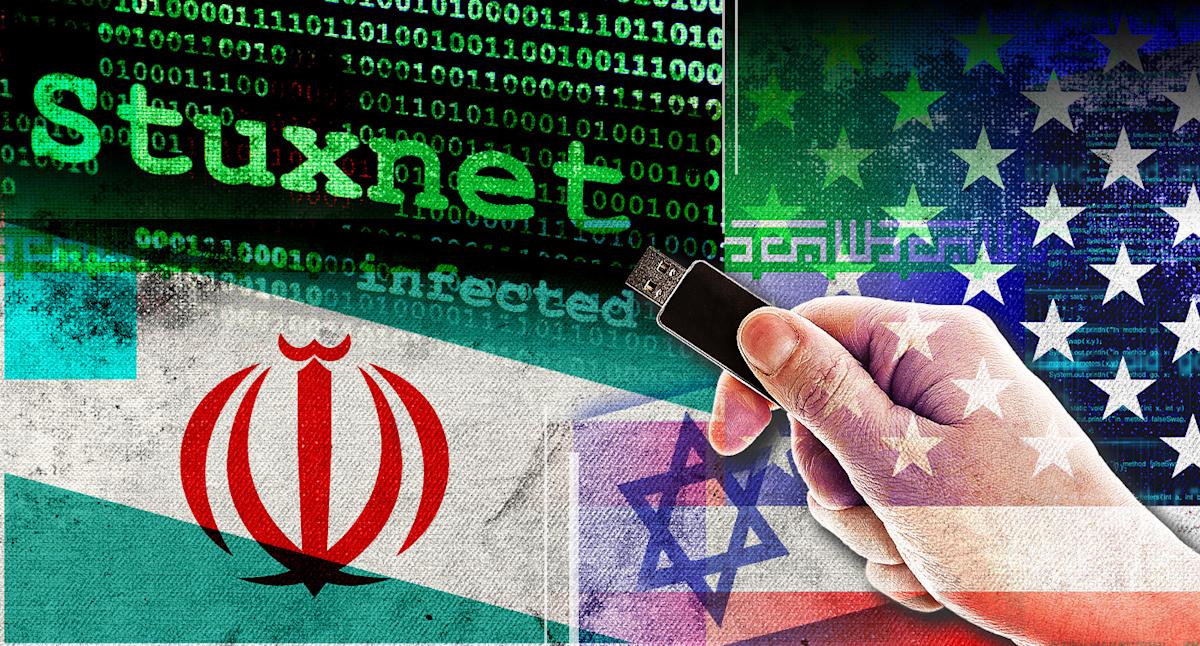
I’m sure you’ve seen the stories pop up over the last few weeks, mostly on so-called “conspiracy” websites and forums. These stories show there seems to be a sudden and suspicious increase in fires at food processing plants around the country.
As mentioned, at first this was dismissed as simply more conspiracy nonsense. But like most conspiracies, it was soon confirmed. Now even the FBI has put out a bulletin stating that cyber attacks on food processing infrastructure is a new and real threat.
But what’s exactly going on, how can computer hacking start a fire?
To answer that, you have to go back to 2005. This is when American and Israeli intelligence started work on a piece of malware that would later be known as Stuxnet.
The purpose of Stuxnet was to covertly infect Iran’s nuclear program, specifically their highly delicate and expensive centrifuges. The centrifuges used for enriching uranium operate at incredible speeds, and require precise control to avoid being damaged.
Stuxnet was created to infect these centrifuges and other industrial machinery, specifically the PLC’s, or Programmable Logic Controllers. By infecting these controllers inside of industrial machines, the hackers in control of the malware can set the machines to operate outside of normal parameters, and essentially self-destruct.
Stuxnet was one of the most complicated and successful cyber warfare operations in history. Named Operation Olympic Games, it involved some of the most advanced technology and techniques ever used, along with traditional spycraft to infect the normally air-gapped Iranian control systems.
But what happened later is what ties this all into the recent fires we are seeing at processing plants.
Soon after Stuxnet successfully destroyed the Iranian centrifuges, Israeli intelligence pushed for more uses of the Stuxnet virus. American intelligence originally balked at the idea, but eventually went along. Soon Stuxnet went out of control, and started spreading internationally to machinery and their PLC boards all around the world.
Of course, like all computer viruses, once it’s detected in the wild and people realize what the virus is capable of, there will be variants produced. That’s exactly what happened. Shortly after being detected by virus researchers, new variants started popping up almost immediately and a new type of cyber warfare was born.
The key part about this type of attack is that the malware is often intentionally left dormant. The attacker doesn’t want to always cause immediate harm, but instead they can cause chaos whenever it is needed.
So that brings us to the food processing plant fires, as well as suspicious fires at top secret Russian missile research building.
Are these the result of a Stuxnet style attack that is using malware to sabotage industrial machines?
There is compelling evidence to say that this is indeed the case. Combined with the FBI admitting that cyber attacks on food processing facilities are now a sudden threat, it stands to reason they already know what’s going on, and these attacks can’t be explained away as mere coincidence anymore.
—
Thanks for reading: If you prefer, you can subscribe and follow our content on Substack. It’s free!
If you want to learn more about our site and what we do, click here.
Finally, if you enjoy this article please make sure to share it. It really helps.


SHARE